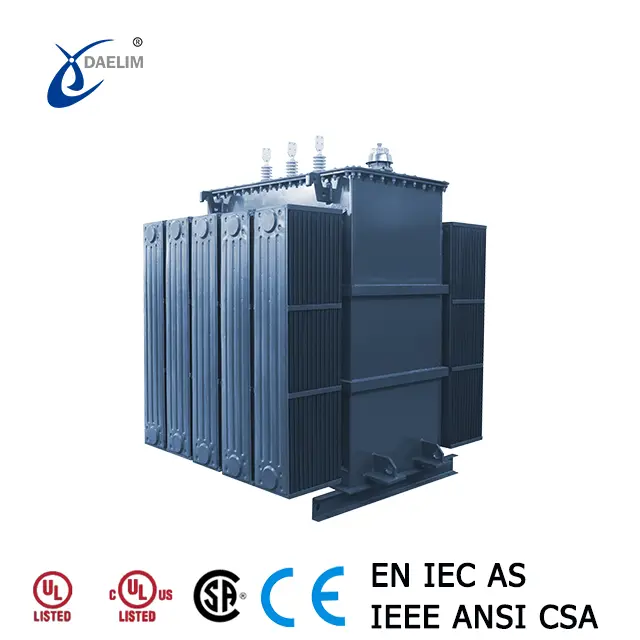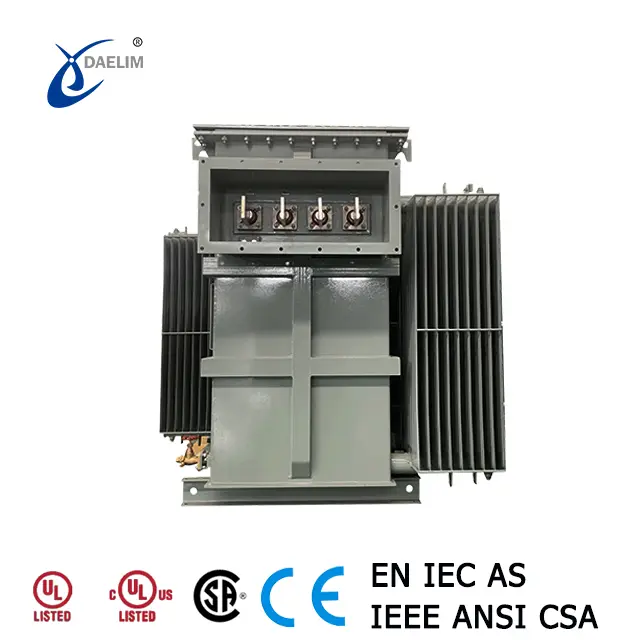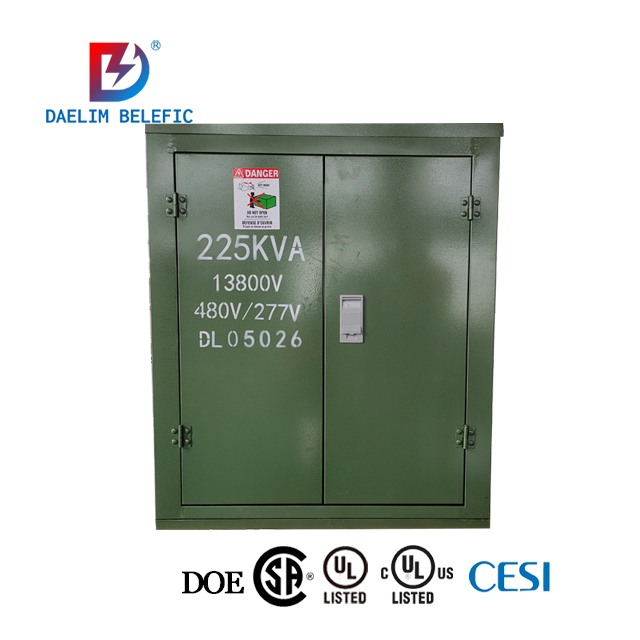Manifestation Characteristics of Transformer Core Grounding Fault
The causes and on-site manifestations of transformer core grounding faults are varied, but their fault characteristics often follow common patterns. Understanding the structural characteristics of the transformer and identifying parts prone to multi-point grounding is crucial. A comprehensive analysis of various test data helps accurately locate redundant grounding points. When conducting such analysis, focus on the following manifestation characteristics of core grounding faults:
Oil Chromatography Analysis Characteristics
-
Normal Circulation: Circulation between core grounding points leads to core overheating, accelerating the cracking and decomposition of transformer oil, producing flammable characteristic gases. The initial temperature ranges from 300 to 700 degrees Celsius, typically with a fault code of 0 2 1, resulting in abnormal chromatographic analysis.
-
Total Hydrocarbon Increase: Total hydrocarbon content increases, often exceeding 150 µL/L, with ethylene and methane as main components, and trace or absent acetylene. Long-term operation without faults generally keeps acetylene below 5 µL/L.
-
Serious Faults: Overheating without high-energy discharge produces a fault code of 0 2 2 or 0 0 2 (high-temperature thermal fault above 700 degrees Celsius). Rapid gas production exceeding guideline values results in significant acetylene presence.
-
Involvement of Insulating Materials: Some faults involve insulating materials, causing increased CO and CO₂ levels.
-
Intermittent Grounding Faults: Produce acetylene due to discharge sparks, with C₂H₂ exceeding 5 µL/L.
Electrical Measurement Characteristics
-
Increased Grounding Current: Multiple grounding points form circulation channels, leading to significantly increased grounding current, often exceeding the 0.1A limit set by "Preventive Test Regulations for Power Equipment". Insulation resistance testing during power off often shows values below 5 MΩ.
-
Measurement Techniques: To avoid misjudgment, use a clamp meter placed horizontally at half the oil tank height to measure grounding current. For accuracy, connect a reliable short-circuit line parallel to the grounding lead and measure with an AC ammeter. Repeated observations are necessary for intermittent multi-point grounding, where current values fluctuate.
-
Challenges in Electrical Measurement: Single-point grounding faults are hard to determine with electrical measurements alone. Chromatographic analysis, power-off checks, and visual inspections are necessary for accurate fault identification.
Hanging Cover Inspection Characteristics
-
Visual Inspection: Look for discharge, burns, and overheating marks on the core. Check for metal objects like transportation nails, core clamps, welding slag, copper wire, metal chips, or debris touching the core.
-
AC Voltage Application: Applying AC voltage to the core lead may produce discharge sounds or smoke, indicating redundant grounding points.
-
DC Voltage Measurement: Disconnect the core from the clamp, apply DC voltage on both sides of the iron yoke, and measure voltage across core laminations. Zero voltage indicates a redundant grounding point.
By understanding and analyzing these characteristics, transformer core grounding faults can be effectively identified and addressed to ensure safe and reliable operation.
Related Products
Related Article
Causes and measures for abnormal transformer sound
Abnormal transformer sounds can indicate system overvoltage, overload, loose internal components, static or corona discharge, and loose external accessories. Measures include checking parameters, securing components, ensuring proper grounding, and tightening external parts.
How to chose Pad Mounted Transformer for Blockchain Projects
Choosing a blockchain transformer involves assessing input/output voltages (e.g., 208V, 240V/415V, 277V/480V) and calculating required kVA. Daelim Transformer offers customized solutions meeting CSA/IEEE standards, supporting North American mining projects with diverse materials, accessories, and expert support for performance and reliability.
Transforming Global Energy Infrastructure with Large Transformers
Large transformers crucial for global electricity transmission. China leads in eco-friendly, advanced tech. Daelim Transformer excels globally with high-performance units, expanding in North America, meeting rising demand.
Causes and Measures for Abnormal Transformer Temperature
Abnormal transformer temperature can result from internal faults, unopened radiator doors, blocked or leaking respirators, poor transformer structure, and cooling device malfunctions. Measures include identifying faults, opening doors, clearing respirators, installing magnetic isolation, and ensuring cooling device functionality.
Requirements for Transformer Core Grounding Points
Transformer cores must have a single grounding point to prevent floating potentials, short-circuit currents, and overheating. Improper grounding can cause insulation damage, increased iron loss, gas generation, and power interruptions, compromising transformer and grid safety.
Color Changes and Abnormal Odors in Transformer
Transformer faults can cause overheating, color changes, and odors due to loose connections, damp silicone, gas collection, and improper cooling. Measures include tightening, replacing silicone, thorough inspections, and proper maintenance to prevent further issues.






